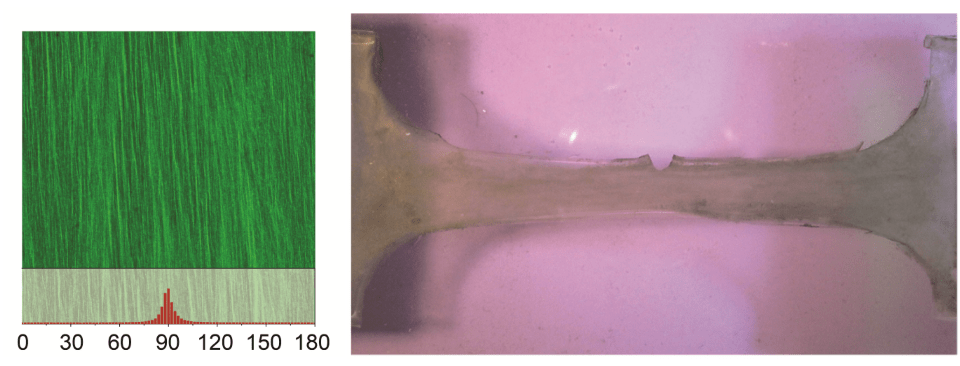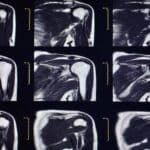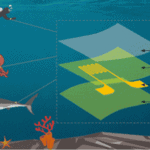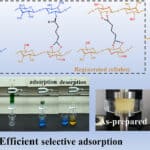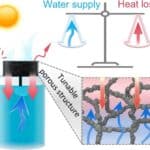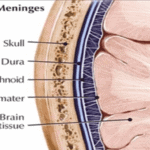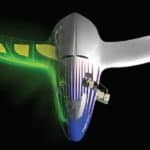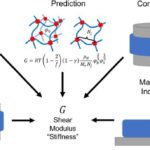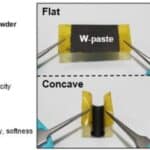Hydrogels are soft materials that have similar properties to human tissues and could be used for novel medical devices, surgical applications or tissue engineering. However, almost all hydrogels have poor fatigue properties and break upon repeated stretch-relax cycles. This is in sharp contrast to natural tissues (muscle, tendons, etc.), which can withstand millions of cycles per year without rupturing. In this study, Ph.D. candidate German Parada and his team from Zhao Lab at MIT have engineered a new hydrogel that is ten times more fatigue-resistant than existing hydrogels. They have done so by introducing crystalline regions, which are hard nanometer-sized regions made of the same material as the rest of the hydrogel. This creates a reinforced material in the same way that sand is used to reinforce concrete.
In the images above, the left is a confocal microscopy image of the vertical alignment of crystalline fibres in the hydrogel matrix. This was achieved by stretching the hydrogel with the UniVert. The right image is the dry-annealed hydrogel undergoing a single-notch test with fatigue threshold as high as 1000 J/m2.
Read the full journal article here: http://advances.sciencemag.org/content/5/1/eaau8528
Read about the research from Zhao Lab: http://zhao.mit.edu/our-team/
If you are keen to read another user publication highlight about crystallinity, click here.

